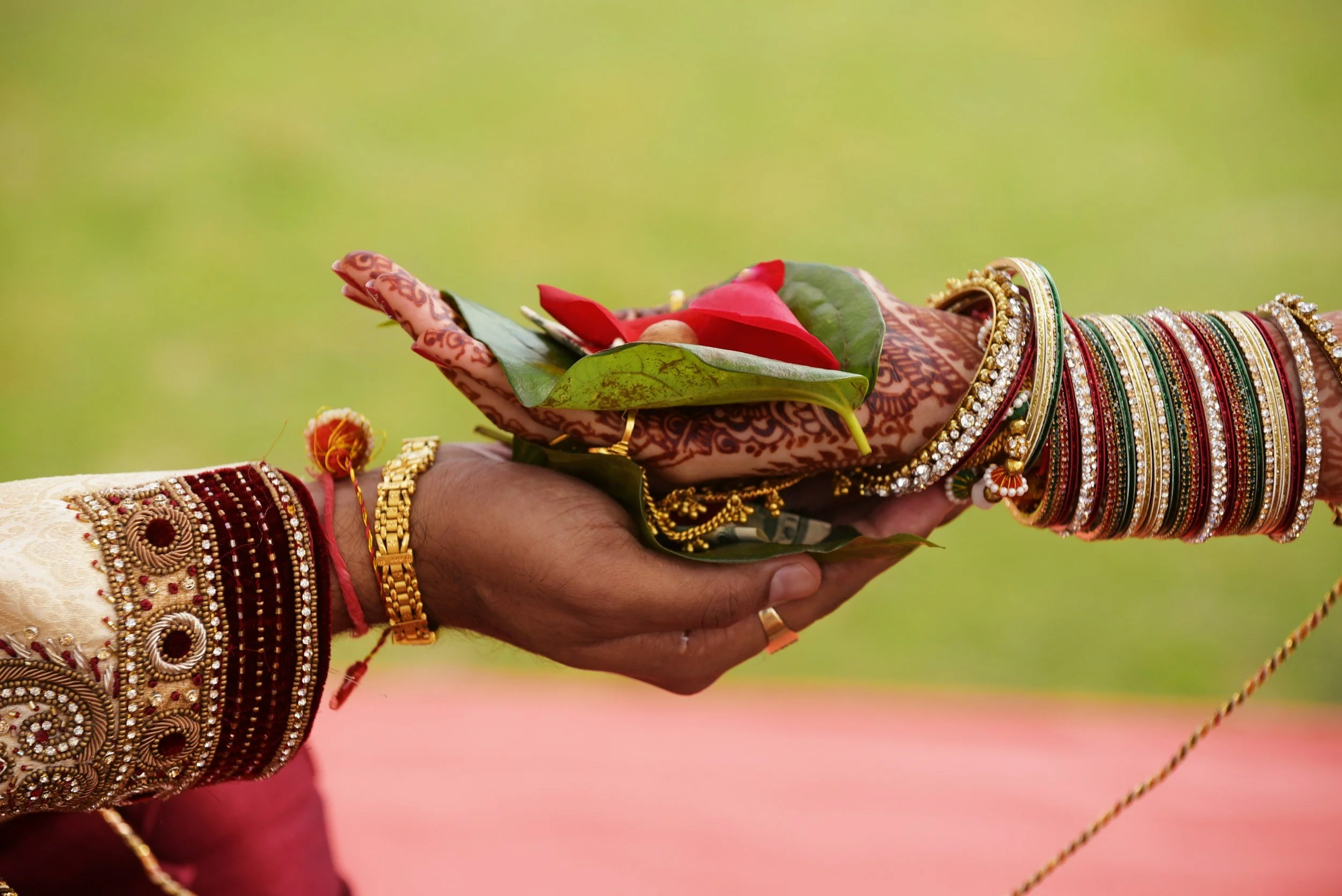Modernized Misogyny, But Make It Traditional
[Reupload, original publication: July 2020]
The Netflix original show Indian Matchmaking has taken the internet by storm in the last week. My feed has been brimming with a wide range of strong reactions, ranging all the way from anger and cringe to complete bewilderment at the seemingly unfathomable. Many of my friends were on the same boat as me when we delved into the series thinking it was a social satire, perhaps a more detailed and immersive version of AIB’s popular Honest Indian Weddings trilogy; our naȉvte showing us up, clearly as belonging to a generation of shielded South Asian kids who rode the waves of their parents’ hard work of unlearning toxic cultural traits. Many (myself included) would, and should, label that familial culture of exploring individuality and breaking free of the strong patriarchal paradigm as a privilege. But here’s what I realized over the course of throwing myself into binging this hyper-problematic show: seeking out this framework is another shade to privilege under the same colour.
The show follows Sima Aunty as she masterfully reduces a handful of her clients to a list of adjectives, which she then uses to hook them up with another person’s 2D list from her giant spreadsheet notebook. The show spends a sizable chunk of its screen time asserting that these people were “modern” and “progressive”, and they didn’t approach the concept of marriage in traditional ways. If you, like me, were fooled by that into saying “good for them!”, I have some bad news. You don’t have to look far to realize that most of these clients are actively seeking out nothing short of a heavily bejewelled version of benevolent oppression — you know, the flashy NRI (non-residential Indian) kind.
This show single-handedly redefined the trope of the privileged class of the Indian diaspora community that I had in my head all along. Shame on me for being so blind, I know, but I was never the kid to fully believe the stories of extravagant lifestyles of the American Cousins™ that I heard from the people around. But here I am today, with no more room for the denial. It hits hard, watching the stories of people as they pride themselves on being at the pinnacle of privilege, openly scoffing at anyone, nay, everyone, that falls victim to their acts born of exorbitant ignorance.
But that’s also exactly why I find it so hard to look away from such content. Don’t get me wrong, I don’t unironically enjoy what these narratives have to offer, but I am drawn by the fact that they openly embrace and flaunt their deeply misogynistic, classist, casteist, colourist ideals. Sima Aunty is simple enough to speak her truth, and her influence over you stops at her trademark “you must be flexible, beta, and adjust. Compromise.” She is someone that you either agree with or see right through; the transparency of the multifold problematic structure of her views on marriage and gender allows space for a clearly structured argument to be raised and presented. It hurts to admit, but I’d gladly take this version of being problematic over the polished and sophisticated kind.
2020 has been a year of public unlearning, and for many, it’s their first attempt at it on this large a scale. Picking such a time to run this show may look like a bad move (and maybe it is if the creators were hoping to persuade the audience to adopt their ideals), but I’d argue to the contrary. The show brings ease to the discussion of dismantling, with fewer layers to unravel and less dissonance to break through. It hosts an environment that’s conducive to a tough conversation by being so open in flaunting its flaws. But what do you do when confronted with media content that poses as “woke” and pretends to address social issues while perpetuating nothing but aesthetically pleasing tokenism? Content like this floods our streaming sites and often gets the limelight for being the trailblazer on the path to progressive thinking.
It takes a lot of attention and energy to catch the classist misogyny in Thappad, or the subtle undertones of exoticism and outgroup narratives that lurk beneath the surface of Axone. It takes being educated and trained on detecting these subtleties, but also being present in the moment of consumption. The class hierarchies and social inequalities presented as the default reality in the Bulbbul universe are not just easy to miss but feel almost like they were intended to be overlooked. Questioning the veiling of these elements behind aesthetic filmmaking, you might have noticed, often leads to the argument of “but the aestheticism is meant to make it nicer to consume”. It takes me everything I have to keep myself from maintaining an even voice when negating that statement, and all the practice has only made me better for it, but I can say with all honesty that there’s still a long way to go.
So yes, this is my long answer for the much-asked question of why I so eagerly watch the extremely problematic movies and shows while avoiding the celebrated progressive ones- I do it because the former is easy to dismantle, allowing space for me to laugh with a tinge of incredulousness, while the latter adds more weight to the work of unlearning. As if there wasn’t already enough of that.


